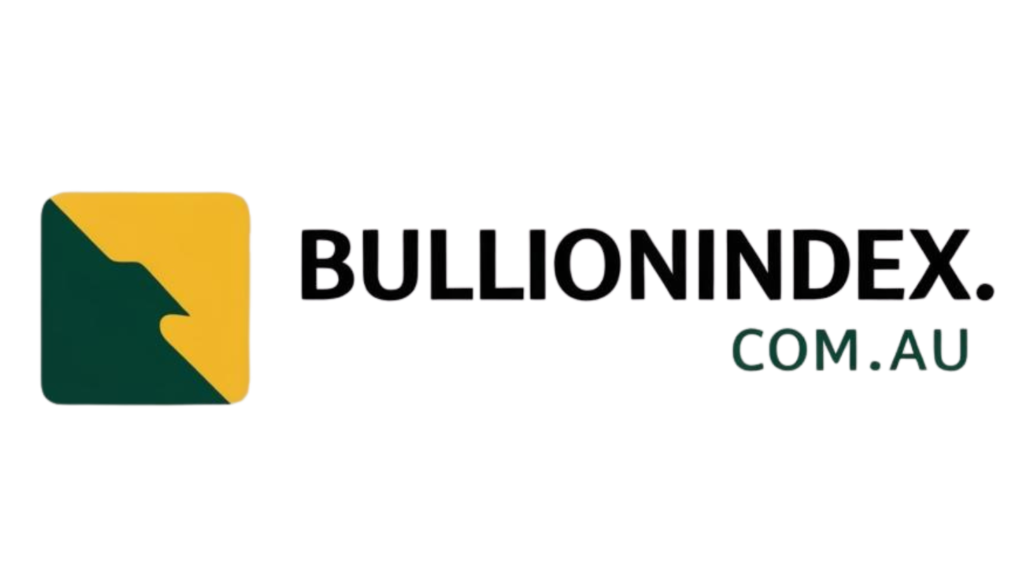Gold prices are always a hot topic for investors, and as of July 8, 2025, gold was trading at $3,327 per ounce. This marked a significant increase from the previous day and a substantial rise compared to a year ago. For those looking to hedge against inflation, gold has historically been a reliable asset that tends to appreciate over time. Many investors opt for gold IRAs for the convenience of not having to store physical gold.
However, it’s essential to understand that gold may not always outperform other assets like stocks, especially in a robust economy. Traditional stocks have historically delivered higher returns compared to gold. Despite this, gold remains a popular choice for risk-averse investors during periods of economic uncertainty, seen more as a store of value than a typical investment.
The concept of “spot gold” refers to the current price for immediate buying or selling of gold in over-the-counter trades. This spot price is a crucial indicator of gold demand and market trends, with a higher spot price reflecting stronger demand. Factors like contango and backwardation can influence gold prices, leading to market volatility that investors should be prepared for.
Investing in gold goes beyond physical gold bars and coins. Exchange-traded funds (ETFs) are a popular way to invest in gold, offering a more manageable and liquid option compared to physical assets. Financial advisors often recommend ETFs for their ease of rebalancing and efficient buying/selling process.
Deciding whether it’s the right time to invest in gold is subjective and depends on various factors. Gold can help diversify a portfolio and reduce market risk, particularly during times of volatility. With record-high prices and a history of stability during uncertain times, many experts suggest adding gold to diversify investment portfolios.
Aside from gold, other precious metals like silver, platinum, and palladium are also common additions to investment portfolios. Gold is typically less volatile than silver, which is more sensitive to economic trends due to its industrial use. Platinum and palladium behave similarly to silver but are usually more volatile than gold, offering further diversification options for investors.
As the U.S. economy grapples with inflation and instability, gold continues to be a favored hedge against economic uncertainties. With various investment options available, gold remains accessible to most investors, whether through IRAs or active trading strategies. Ultimately, gold can play a valuable role in achieving both short- and long-term investment goals.
📰 Related Articles
- Gold’s Role in Investment Portfolios Amid Economic Uncertainty
- Gold’s Role as Safe Haven Investment Amid Economic Uncertainty
- UK Gold ETFs: Diversifying Portfolios Amid Economic Uncertainty
- Silver Investment Outlook: Seizing Growth Amid Economic Uncertainty
- Gold’s Role as a Hedge in Diversified Investment Portfolios






